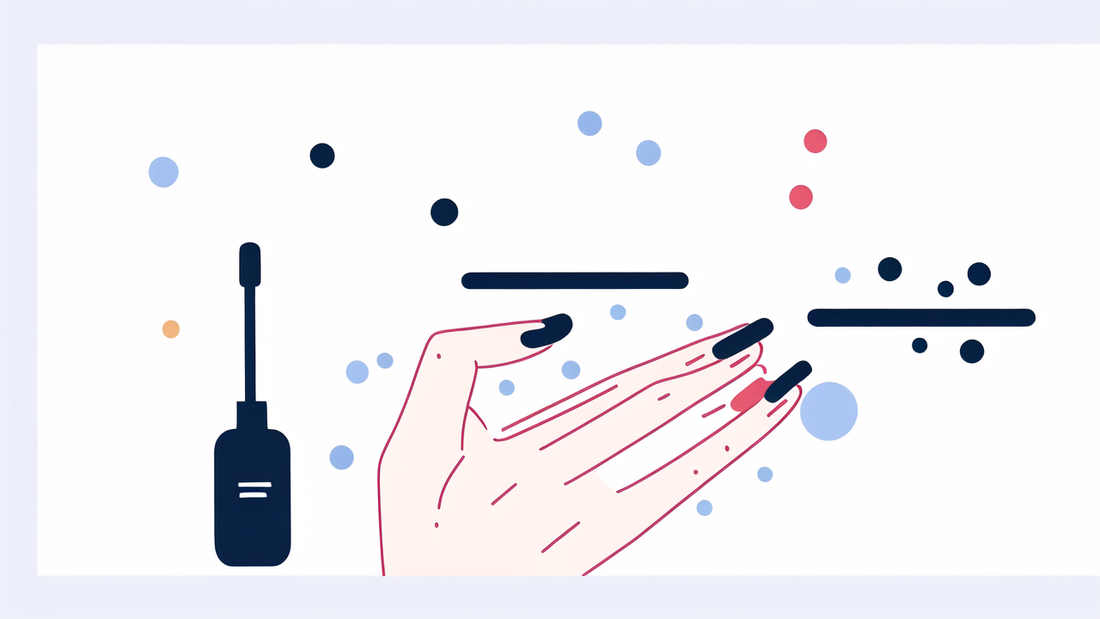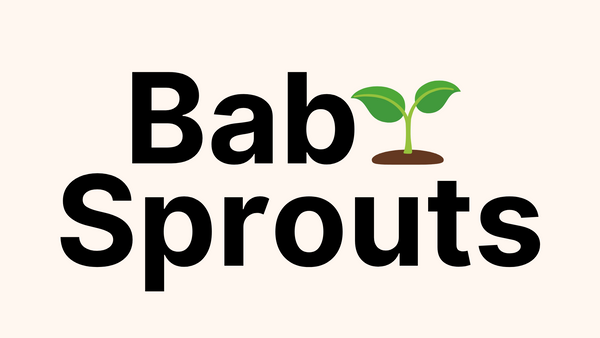
Essential Baby Nail Care Tips: Keeping Your Little One's Nails Trimmed and Healthy
Understanding the Importance of Baby Nail Care
The Role of Nail Care in Newborn Development
Proper nail care is crucial for your baby's overall health and comfort. Newborn nails grow quickly, often requiring attention within days of birth. Regular trimming prevents scratching, which can lead to skin irritation or infections. Nail care also promotes good hygiene habits from an early age.

Caring for your baby's nails helps develop fine motor skills. As you gently handle their tiny fingers and toes, you're encouraging sensory awareness. This routine can become a bonding experience, fostering trust and closeness between you and your little one.
Preventing Common Nail Issues in Babies
Maintaining your baby's nails helps prevent several issues. Long nails can harbor dirt and bacteria, increasing the risk of infections. They may also cause accidental scratches, leading to skin damage or eye injuries.
Regular care prevents ingrown nails, a painful condition that can occur when nails grow into the surrounding skin. It also helps identify and address nail abnormalities early. By keeping nails trim and clean, you reduce the likelihood of fungal infections and other nail-related problems.
Step-by-Step Guide to Trimming Your Baby's Nails
Preparing the Right Tools for Nail Trimming
Choosing the right tools is essential for safe and effective nail care. Opt for baby-specific nail clippers or scissors with rounded tips. These are designed to prevent accidental cuts. Some parents prefer using nail files, which are gentler but may take longer.

Gather all necessary items before starting:
- Baby nail clippers or scissors
- Nail file (optional)
- Soft cloth or towel
- Good lighting
- Distraction toys (if needed)
Ensure your tools are clean and in good condition. Sterilize them regularly to prevent infections.
The Do's and Don'ts of Baby Nail Trimming
Do's:
- Trim nails when your baby is calm or sleeping
- Use a firm, gentle grip to hold your baby's hand or foot
- Cut fingernails along the natural curve
- Trim toenails straight across to prevent ingrown nails
- File any rough edges after cutting
Don'ts:
- Don't cut nails too short, which can cause discomfort
- Avoid using adult-sized nail clippers
- Never bite your baby's nails off, as this can introduce bacteria
- Don't rush the process, take your time to ensure safety
- Don't force it if your baby is fussy or uncooperative
Best Practices for Safe and Comfortable Nail Cutting
Choose a time when your baby is relaxed, such as after a bath or during sleep. Ensure good lighting to see clearly. Hold your baby's hand firmly but gently to prevent sudden movements.
For fingernails, press the finger pad away from the nail to avoid nicking the skin. Cut along the natural curve of the nail. For toenails, cut straight across to prevent ingrown nails.
If you're nervous, consider asking a partner or caregiver for help. Some parents find it easier to trim one hand or foot per day rather than all at once. Remember, practice makes perfect. You'll become more confident with time.
Maintaining Your Baby's Nail Health
Daily Nail Care Routines for Optimal Growth
Establish a regular nail care routine to keep your baby's nails healthy. Daily inspection helps you spot any issues early. Gently clean under the nails during bath time using a soft washcloth.

Moisturize your baby's hands and feet after bathing. This keeps the skin around the nails soft and prevents hangnails. Be sure to use baby-safe, fragrance-free moisturizers.
Encourage your baby to wear soft mittens or socks if they tend to scratch. This protects their skin between nail trims. Remember to change these regularly to maintain cleanliness.
Signs and Symptoms of Unhealthy Nails
Be alert for signs of nail problems in your baby. Look out for:
- Discoloration (yellow, green, or black spots)
- Thickening or thinning of nails
- Separation of the nail from the nail bed
- Redness, swelling, or pus around the nails
- Persistent hangnails or ingrown nails
If you notice any of these symptoms, consult your pediatrician. Early detection and treatment can prevent more serious issues.
How to Treat and Manage Nail Disorders
Most baby nail problems are easily treatable with proper care. For minor issues like hangnails, gently trim the loose skin and apply a baby-safe moisturizer. For ingrown nails, soak the affected area in warm water and gently lift the edge of the nail.
Fungal infections may require antifungal treatments prescribed by a doctor. Always follow professional medical advice for treating nail disorders. Avoid home remedies unless approved by your pediatrician.
Prevention is key. Keep your baby's nails clean and dry. Change wet or soiled diapers promptly to prevent fungal growth. If your baby attends daycare, ensure proper hygiene practices are followed there too.
Remember, consistent care and attention to your baby's nails contribute significantly to their overall health and comfort. With these tips and regular practice, you'll become an expert in baby nail care in no time.
